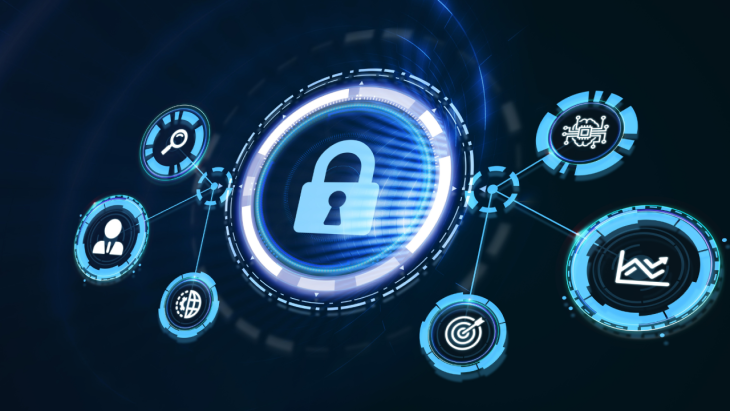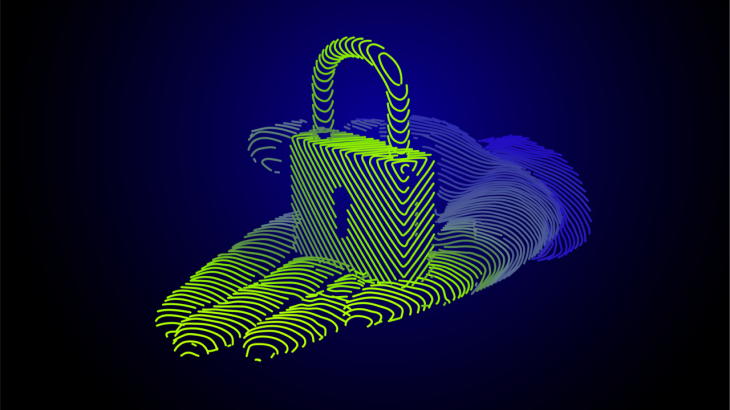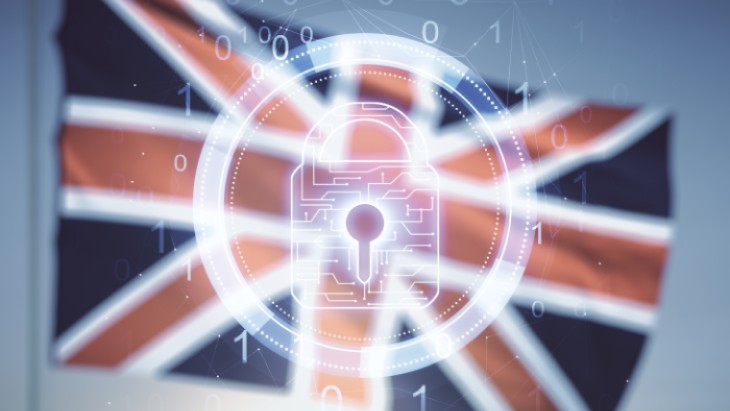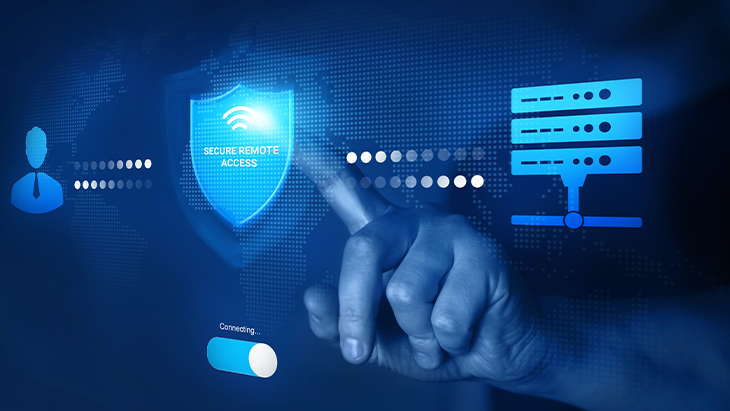
7 Basic Steps to Identify a Data Breach
One of the greatest threats against companies and public entities is a data breach. Data breaches lead to significant financial losses and pose serious issues in terms of corporate image. In 2021, an average data breach costs $4.24 million, up from $3.86 million in 2020.
Therefore, identifying a data breach is a fundamental step for a government agency or an enterprise to establish an enhanced cyber security network. When we look at enterprises with no comprehensive cyber security approaches that are impacted by a data breach, issues such as customer loss, service downtimes, and increase in the costs of acquiring new customers due to loss of image constitute 38% of the total data breaches. This amounts to $1.59 million in 2021, and it shows that the loss is not limited to reliability and image.
Based on this data, we have compiled what to do and the phases of the investigation to identify a data breach, as it is one of the most important aspects of cyber security.
What Does Data Breach Mean?
In its simplest form a data breach is the leak of a company's critical, sensitive, and private data to unauthorized third parties or its seizure by cyber attackers. When a cyber attacker breaches your data security protocols and accesses your sensitive data, your corporate image may be tarnished, the continuity of your business model may be seriously debilitated, and you may suffer significant financial losses.
In order to mitigate all these negative consequences, you need to investigate critical data breaches in detail. It is imperative to investigate the breaches that are the result of a cyber attack or an internal threat action in order to understand how your access security protocol was disabled and assess the damage and establish new action plans against possible cyber threats. Statistical data regarding the value of proactive precautions prior to data breach tells us that identifying and containing data breaches takes around 287 days and enterprises suffer approximately $4.87 million in losses due to data breaches that extend for 200+ days.
On the other hand, you have to act quickly in order to minimize the damage caused by a data breach resulting from a cyber attack. Delaying the investigation process will hurt your business model and every second is critical.
Meanwhile in the event of a data breach, you can make use of GDPR guidelines or, if you would like to review the alternatives and learn more, you can take a look at the cyber incident intervention guides issued by the SANS Institute and NIST and the Microsoft Case Intervention Guide.
Let's take a look at the 7 steps accepted as the international standards in identifying a data breach, based on these guidelines.
7 Basic Steps to Identify a Data Breach
The causes behind a data breach may vary. However, there are 7 phases that you should consider as far as data security breaches.
1. Identify the Data Breach
The first step of the investigation of data breach is to identify the data breach. The identification step, indicating whether a data breach has occurred or not, consists of two components as specified by the NIST. These two components, specified as leads and indicators, point to two different types of data breach.
The web server logs that indicate a search for security vulnerabilities within your corporate network, a security breach that affects the general network, and an attack notification by a cyber attacker group are considered leads. Companies and enterprises rarely encounter leads and these leads make taking precautions an easy job.
An indicator specifies that a breach has been experienced or is in action. Common examples of indicators are e-mails with suspicious content being returned, attempts to log in from an unknown network, and cache overflows against database servers.
2. Take Emergency Intervention Precautions
There are a few precautions that you should take the moment you identify a data breach. First you have to record the date and time you identified the data breach. For the second step, the individual who identified the data breach must quickly report to the internal responsible parties. Then an access restriction should be imposed on the data in order to prevent dissemination of critical data that was leaked.
Furthermore, emergency intervention precautions include collecting all possible data regarding the leak, meeting with the individuals who recognized the data breach, and doing a risk assessment.
3. Collect Evidence
It is imperative to collect evidence regarding the data breach. Act quickly and collect as much evidence as possible. In order to collect evidence, you may speak with the individuals who identified the critical data breach, you may check your cyber security tools and you may assess the data movements in your servers as well as network devices.
4. Analyze the Data Breach
After gathering data regarding the breach, you have to analyze it. Suspicious traffic, privileged access, duration of the threat, software and people involved in the breach, and type of breach (internal and external threats) are the fundamental aspects of the analysis phase.
5. Take Restriction, Destruction and Recovery Precautions
Restriction is not only about the access to the servers that were breached, but it is also imperative to prevent destruction of evidence to be used in the investigation. Destruction indicates destruction of all aspects that cause a breach. Recovery indicates recovering the breached servers to their former states.
6. Notify Stakeholders
Regardless of there being a legal obligation, all stakeholders affected by the breach as well as law enforcement should be notified. These stakeholders may include employees, customers, investors, business partners, and regulation authorities. For instance, in the event you suffer a data breach in Turkey, as per the PDPL (Personal Data Protection Law - KVKK), you have to notify PDPL authorities within 72 hours.
7. Focus on Post Breach Operations
After taking the required precautions against the data breach, you have to analyze the breach and its consequences in detail, and you have to create insights to prevent similar incidents in the future. In order to create these insights, it may be beneficial to review your cyber security network in detail.
Minimize Data Breaches with Privileged Access Management
A significant portion of data breaches are induced by seizing privileged accounts with privileged authorizations, or internal threats which are over-authorized. The most efficient way to monitor these accounts and prevent data breaches is to employ Privileged Access Management solutions. Privileged Access Management (PAM) solutions offer full supervision over privileged account access data and ensure that you have full control over all movements within your IT infrastructure. PAM significantly streamlines your user data management as part of privileged access, and is also very accomplished in terms of preventing data breaches from cyber attackers. The different modules within Kron’s PAM solution, Single Connect, help reduce data breaches thanks to their varied functions, and increase your efficiency by ensuring business continuity.
For instance, Single Connect’s Privileged Session Manager module allows you to manage all sessions within a network with no issues. This central solution module enables you to supervise all data of users with privileged access. Kron’s Privileged Access Management platform creates an extra protection layer thanks to features such as the Dynamic Password Management module that allows you to create strong passwords for users in the corporate network. Furthermore, it stores all the passwords in isolation from the network thanks to its password vault feature, and prevents password sharing.
On the other hand, Single Connect’s two-factor authentication (2FA) module operates based on location and time, and authenticates the location and time of all users that request access to areas where critical data is kept, and in turn elevates your supervision of the network to the next level. Our Dynamic Data Masking capabilities prevent any questions regarding the operations on the network by recording all sessions. Modules such as Privileged Task Automation automate routine tasks and reduce your workload and human capital to zero.
Mentioned in the Omdia Universe: Selecting a Privileged Access Management Solution, 2021–22 report as one of the most advanced PAM solutions in the world, Single Connect includes all the mentioned PAM features above and enables you to create an end-to-end data and access security environment.
If you would like to learn more about how to identify data breaches using Privileged Access Management, and to discover more about Single Connect, please feel free to contact us.
Highlights
Other Blogs

Enhancing Web Application Security with Kron PAM's Web Session Management

















